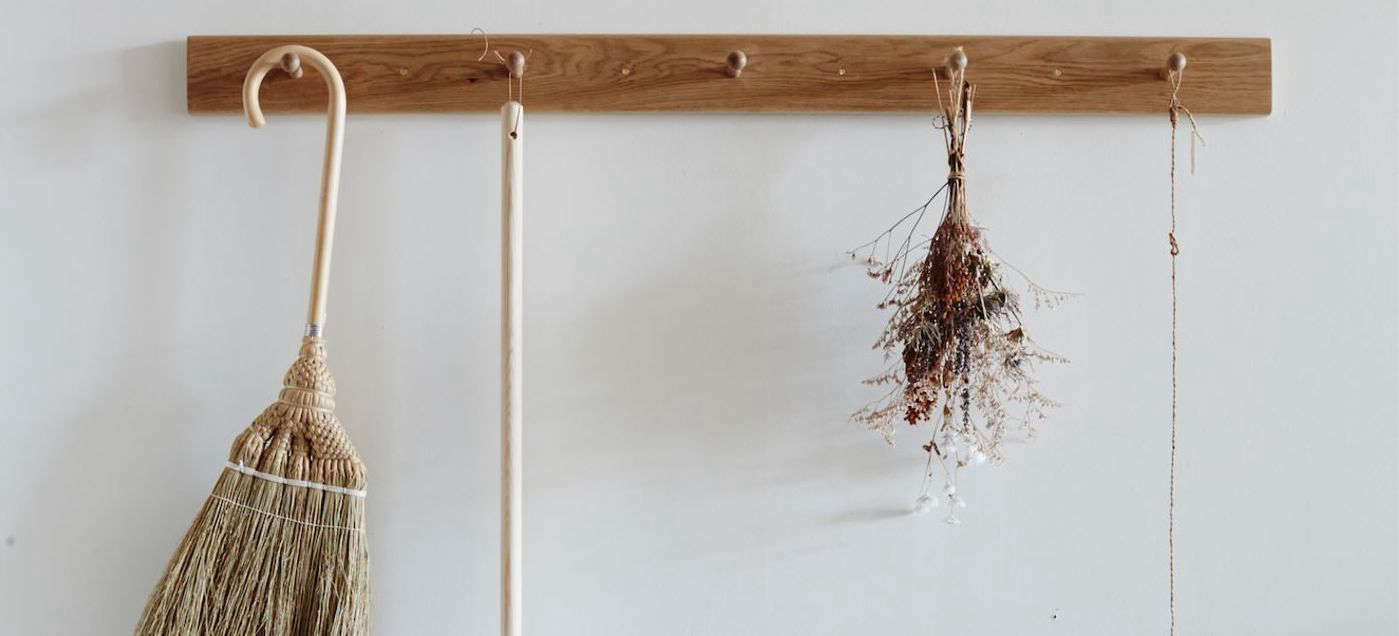Object Lessons: The Shaker Peg Rail

Our obsession with Shaker peg rails is well documented (some of us have even wrapped our hallways in peg rails; see: Remodeling 101: How Shaker Peg Rails Saved My Summer Sanity). So today we’re offering a little history lesson. A sect of Quakerism founded in the 1700s, the Shakers believed that their furniture and living spaces should embody their founding tenets: simplicity, hard work, equality, and order. (Their leader, Mother Ann, encouraged thorough room-cleaning to echo her sentiment that ?there is no dirt in heaven.?) Shaker furniture not only facilitated their way of life (tables were elongated, for example, to accommodate communal dining), but also captured these beliefs in object form.
The peg rail was the Shakers’ simple but ingenious way of keeping communal households organized. Made of a length of wood, with rounded pegs placed at six-inch intervals along its length, these rails were present in nearly every room and were used to hang everything?from clothing to brooms to chairs?in order to keep floors sparse and open. (The Shakers even created accessories for the rails, like an adjustable candleholder that could be hung at various heights from the pegs.) These peg rails exemplify the Shakers? striving for order and harmony within the home; even the extremely even spacing of the pegs exemplifies their love of repetition, grids, and symmetry noted by Adam Gopnik in his New Yorker essay about Shaker design. The Shakers, Gopnik says, had a way of...
| -------------------------------- |
| Dezeen Awards 2024 in partnership with Bentley Motors is open for entries | #Shorts | Dezeen |
|
|












